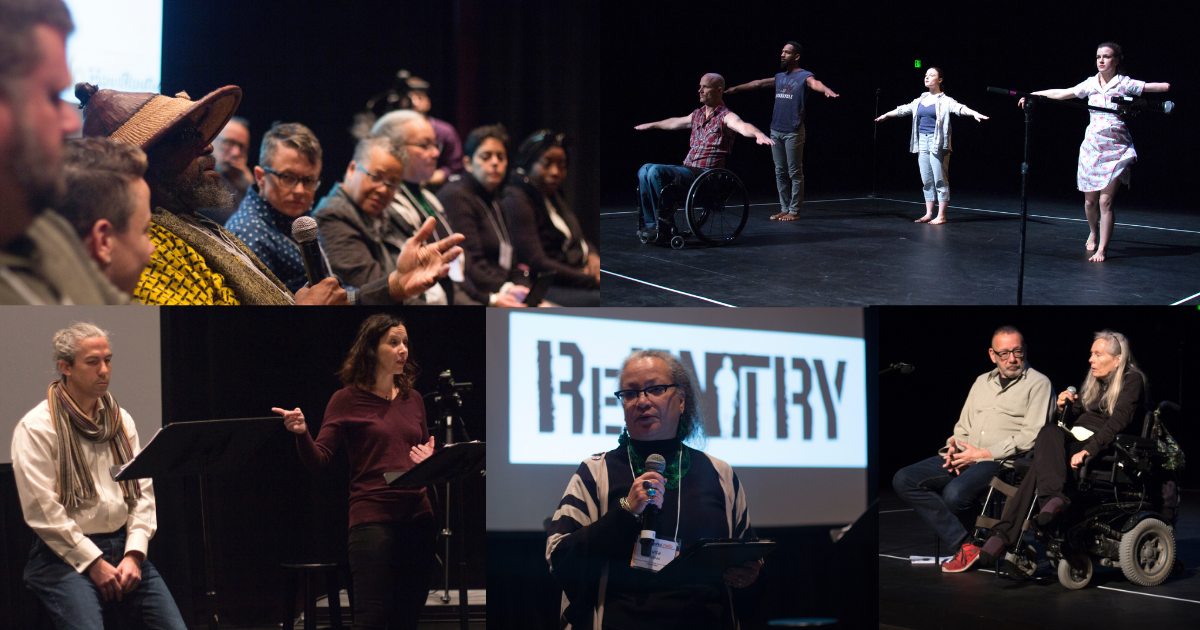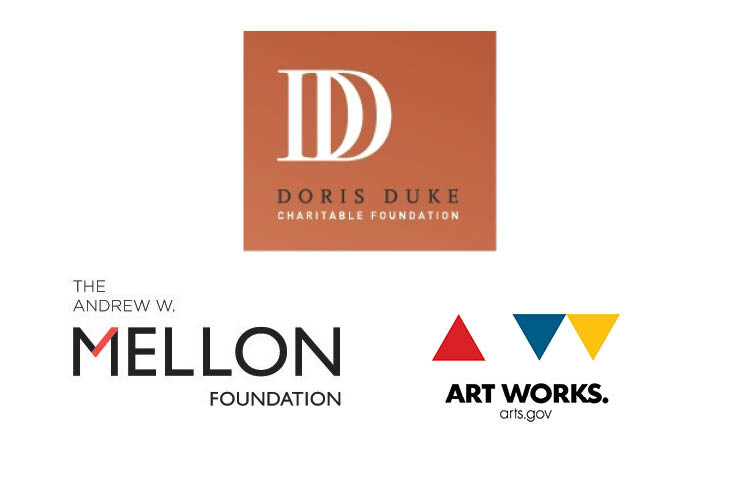Art in the Service of Understanding: Bridging Artists, Military, Veterans, and Civilian Communities
Watch the full video from the convening here
Boston, Massachusetts, 10-12 March 2017
The New England Foundation for the Arts (NEFA) partnered with HowlRound to convene over seventy-five key stakeholders from the arts, healthcare, and military communities to Boston, Massachusetts for deep discussion on practices, learning, challenges and impact around creating and presenting arts projects addressing military and veterans issues. (See the full list of attendees and read their biographies here). The goal was to advance the investigation of art in building bridges between military and civilian communities, methodologies for artist-military collaborations, and to explore the case for further investment.
"There’s an overall arching goal/purpose—the relationship between veterans, active duty, and civilians is important. I think it’s about connecting the work to build understanding, resources, long term commitments, and strategies. The more people hear and know about things, the more they will commit to it." —Colleen Jennings-Roggensack
A strongly recurring theme was the way in which art can create connections across difference. Participants discussed the power of artistic performance to address the gap between civilian and military communities. It was noted that the gulf between these two communities is “unacceptably wide,” and in fact dangerous, as it isolates the military and opens it up to misuse by those in power. There was strong agreement on the need to have conversations between these groups. Central to this is the idea that it is not about helping veterans, but rather about veterans helping to teach the community, and to bridge the gap.
Over and over again participants pointed out that military culture differs greatly from civilian culture, and the ways in which that presents difficulty. Adding further complexity is the fact that each branch of the military has its own particular subculture, making cultural competency in this field even harder to achieve.
“One of the interesting tensions in this convening is that there’s work about war and service and trauma—which is most of the work we’ve seen—but that not all the work with that community in terms of engagement and diversification has to be about that. We should think of the military community as part of our diversity/equity programming, and not just subject matter.” —Debra Cash
The convening brought up important questions like:
- How can artists most effectively build relationships of trust as they engage in this work?
- What do military service members and veterans need to know to encourage them to work with artists?
- What do artists need to know about trauma in working with military and veterans’ communities?
Read the convening report by Maureen White on the NEFA website

“The Aggressed and This is War dances we perform today following the recent wars in Iraq and Afghanistan are performed for similar reasons. It is to share stories of our warriors, through narration and dance, so that audiences can bear a portion of the burden of the experience and carry on the history.” —Roman Baca
Some also pointed to the wider implications of artistic representation—how, for example, the oversaturation of images of PTSD on stage can cause inadvertent harm by leading to lower employment rates for returning veterans.
Participants stressed the importance of talking about one’s own motives for wanting to be involved in veterans’ stories, and of asking vets to share their own motivation for sharing. Practitioners should be clear and upfront about what their goals are for the project: is it about healing, or about something else?
This convening also featured three “case study” performances—discussions and excerpts or readings of plays focusing on relevant issues, including:
- Healing Wars by Liz Lerman
- Carpetbag Theatre’s Speed Killed My Cousin by Linda Parris-Bailey, directed by Andrea Assaf
- American Records' ReEntry by KJ Sanchez and Emily Ackerman
- En Garde Arts' Basetrack Live, created by Edward Bilous, directed by Seth Bockley
- AXIS Dance Company’s to go again, choreographed by Joe Goode
Read related HowlRound content
Additional Resources:
- Download reading suggested by other convening participants here.
- Read more about 55 word stories here.
Art in the Service of Understanding had leadership support from the Doris Duke Charitable Foundation, with additional funding from The Andrew W. Mellon Foundation and the National Endowment for the Arts.

